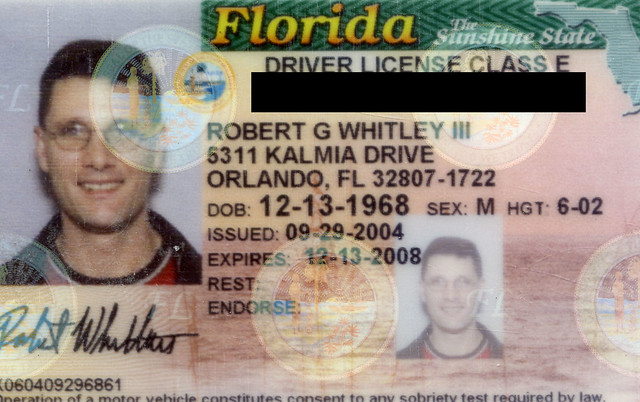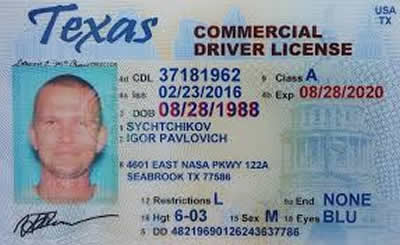

An understanding of dynamics may even inform treatment alternatives. Knowing those dynamics can shed light on the different processes that may be occurring during infection (e.g., latency of part of the population) and can reveal the extent of tissue subdivision of the infection and population bottlenecks. Thus, a virus concentration of 10,000 per mL maintained over time could be achieved if 10,000 lineages are all just maintaining themselves or could alternatively be achieved if 100 lineages are each producing 100 progeny and the other 9,900 are cleared by the host.

Although informative, this approach is blind to differences among individuals within populations. The within-host population dynamics of a microbe are usually studied as population abundances across time and tissues. These findings may foreshadow problems with randomized barcodes in other microbial systems and provide a useful approach for future work utilizing nucleic acid barcoded pathogens. Using data from defined control virus genomes cloned into plasmid backbones we develop a vetted post-sequencing method to cluster the erroneous reads around the true virus genome barcodes. Our Illumina NextSeq sequencing recalled much greater variation in barcode sequencing reads than the expected 5,000 barcodes–necessarily stemming from the Illumina library processing and sequencing error. We describe the challenges faced with interpreting the barcode sequences obtained from the library.

Here, we generate approximately 5,000 randomized barcodes in the genome of the prototypic small DNA virus murine polyomavirus. The potential problems include: the barcode might alter fitness, the barcode may accumulate mutations, and construction of the marked pathogens may result in unintended barcodes that are not as designed. But implementation may not be easy, especially when growing through multiple generations or assaying the pathogen long-term. The concept of a nucleic acid barcode applied to pathogen genomes is easy to grasp and the many possible uses are straightforward.


 0 kommentar(er)
0 kommentar(er)
